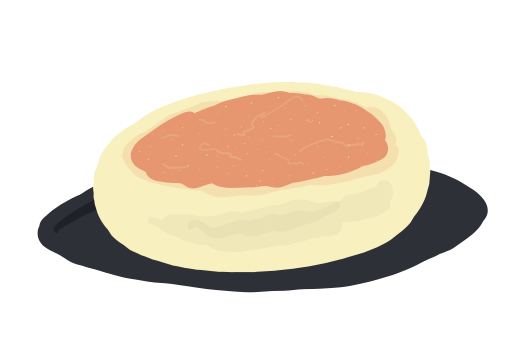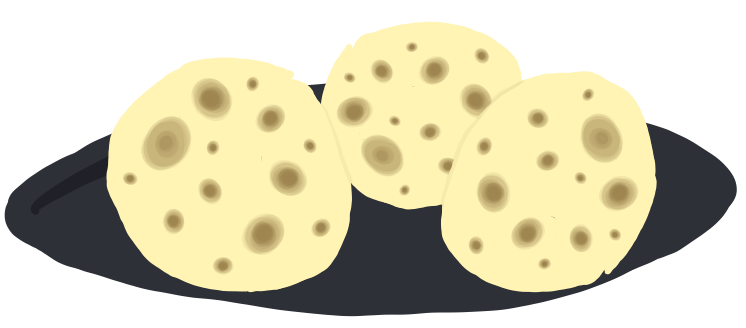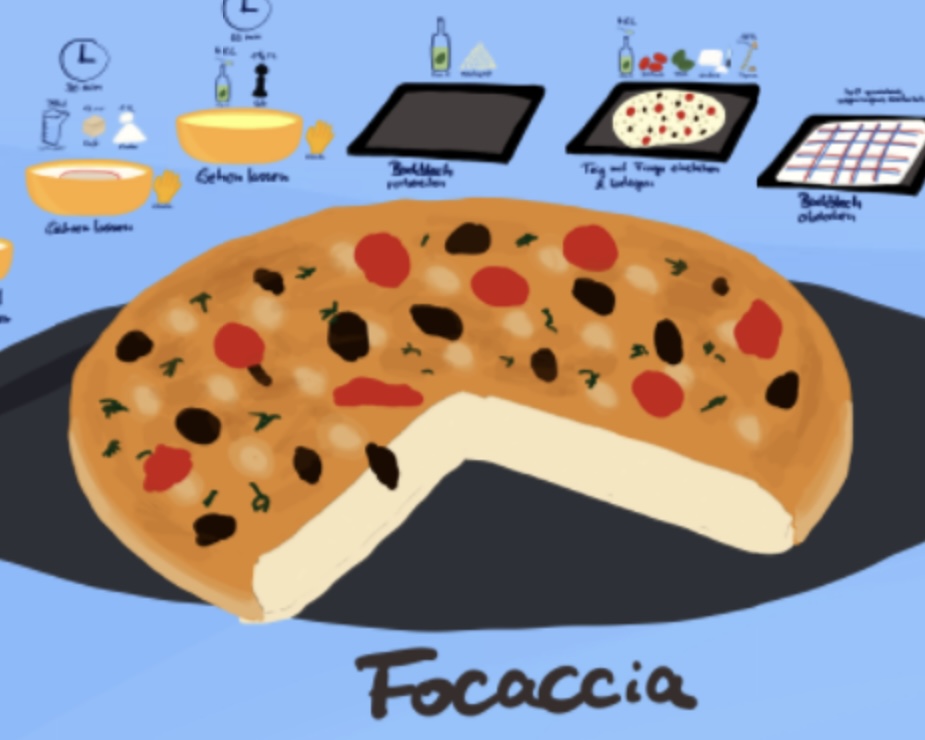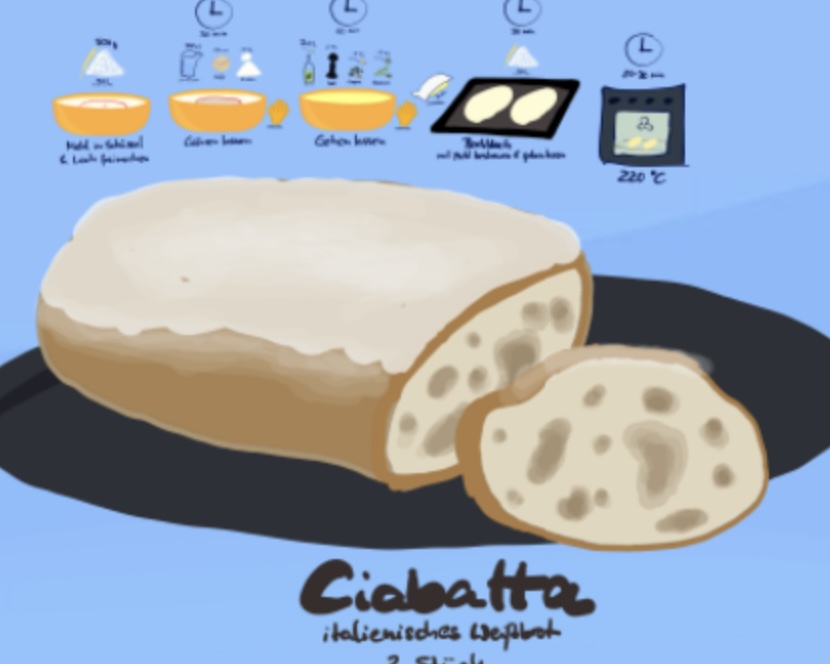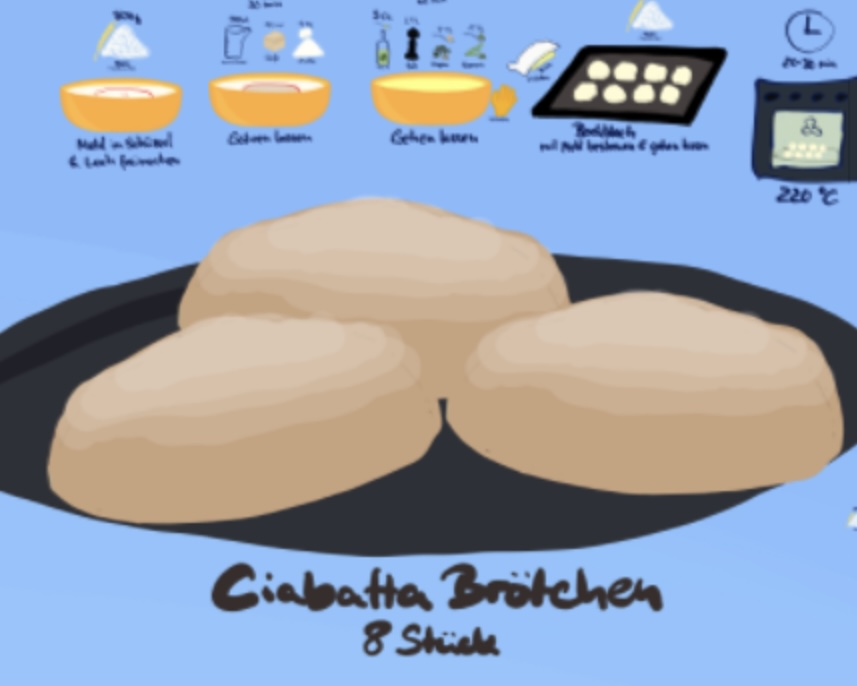Rye-Wheat Mixed Bread Recipe
Hearty and nutty, a wholesome bread for sandwiches or soups.Instructions: Tap the Map & Cook Along 👇
Rye-Wheat Mixed Bread: A Robust Staple of Artisanal Baking
In the world of artisanal baking, there's a bread that stands out for its distinctive flavor and satisfying texture: Rye-Wheat Mixed Bread. This hearty loaf, a blend of rye and wheat flours, embodies a depth of taste and a robust character that captures the essence of traditional baking. Loved for its slightly tangy flavor and dense crumb, rye-wheat mixed bread is not only a pleasure to eat but also a joy to bake. Let’s explore the unique qualities of this bread and why it has become a favorite among both novice bakers and seasoned professionals.
The Best of Both Worlds
Rye-wheat mixed bread combines the nutritional benefits and flavors of both rye and wheat in one loaf. Wheat flour, known for its gluten content, gives the bread structure and softness, making it appealing to those who enjoy a lighter texture. Rye flour, on the other hand, contributes a rich, earthy flavor and a denser texture that is characteristic of traditional European breads. This combination results in a loaf that is both flavorful and substantial, making it a perfect companion to a hearty meal or a simple spread of butter.
A Taste of Tradition
Rye bread has a long history in many parts of Europe, particularly in Eastern and Northern countries where rye is more prevalent than wheat due to the harsher climates. Rye-wheat mixed bread taps into this rich tradition, offering a modern twist that is both respectful of its heritage and appealing to contemporary palates. The slightly sour taste of rye is beautifully balanced with the mild sweetness of wheat, creating a complex flavor profile that is deeply satisfying.
Nutritional Powerhouse
Aside from its delicious taste, rye-wheat mixed bread is also celebrated for its health benefits. Rye is packed with fiber, which aids in digestion and provides a feeling of fullness, making this bread a great option for those looking to maintain a healthy diet. Additionally, rye contains important vitamins and minerals, including selenium, magnesium, and phosphorus, contributing to overall wellness. The inclusion of wheat ensures that the bread is not too heavy, making it more digestible and enjoyable for a wider audience.
Baking Techniques and Tips
Baking rye-wheat mixed bread can be a rewarding experience, as it allows bakers to hone their skills with handling dough that has lower gluten content than typical wheat bread. The key to a successful loaf lies in the careful management of hydration, as rye flour absorbs more water than wheat. Maintaining the right balance ensures that the dough is manageable and results in a bread with good volume and a moist crumb.
When baking this type of bread, patience is crucial. The dough often requires a longer fermentation period to fully develop its flavors and structure. Bakers might also experiment with adding seeds like caraway or sunflower for additional texture and taste, enhancing the bread’s rustic appeal.
The Versatile Loaf
The versatility of rye-wheat mixed bread makes it a staple in any baker’s repertoire. It pairs beautifully with both sweet and savory toppings, from smoked salmon and cream cheese to jam and honey. It’s also an excellent base for sandwiches or simply toasted with a bit of butter. For those who enjoy pairing their meals with bread, this loaf can accompany everything from soups and salads to hearty stews.
Conclusion
Rye-wheat mixed bread is more than just a loaf; it’s a testament to the art of baking, blending flavors, textures, and traditions into a single, delightful bread. Whether you’re a home baker looking to try something new or a seasoned professional aiming to expand your offerings, rye-wheat mixed bread offers a fulfilling baking experience and a deliciously robust addition to any meal. So why not give it a try and bring a slice of baking heritage into your kitchen today?
